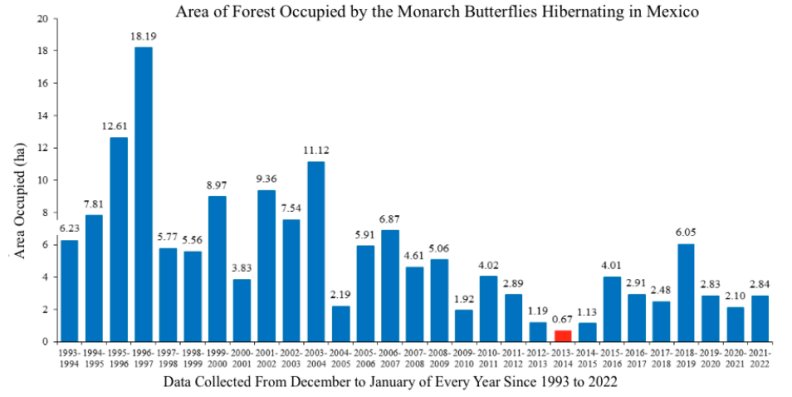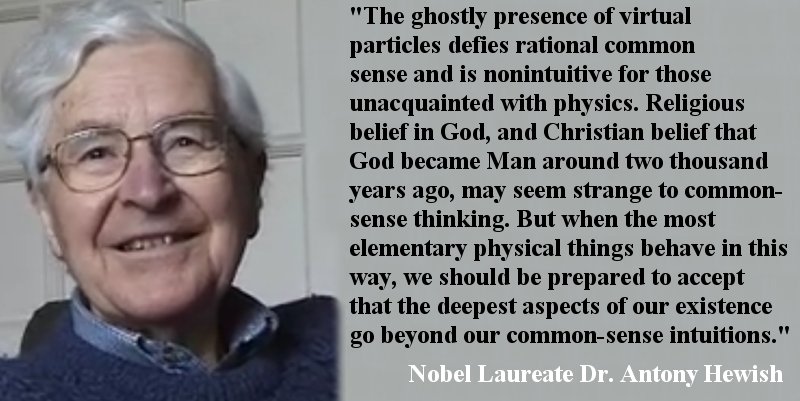
In my previous post, I wrote about the misleading concept of Young-Earth Evolution (YEE) promoted by Answers in Genesis (AiG). In essence, AiG is worried about young-earth creationists who do not wholeheartedly conform to its positions on various issues related to creation and evolution. It says:
YEE ideas are needlessly and dangerously accommodating evolutionary assumptions, ideas, and language. The advocation of subtle ideas out of step with clear Scripture undermines biblical authority, sows confusion, and is a breeding ground for compromise.
What are these “subtle ideas out of step with clear Scripture”? It turns out that they are ideas about which Scripture says absolutely nothing! For example, AiG takes issue with Dr. Matthew McClain, a young-earth vertebrate paleontologist who says that birds are more similar to dinosaurs than they are to any other creatures. This is, of course, a true statement (birds and dinosaurs share an enormous number of similarities), and Scripture says absolutely nothing about that. In fact, while Scripture describes individual animals that were probably dinosaurs (see Job 40:15-24, for example), it doesn’t mention any group of creatures that can be collectively referred to as dinosaurs. Thus, the Bible makes no comparison between birds and dinosaurs.
Why, then, does AiG say that Dr. McClain’s idea is “out of step with clear Scripture”? Well, AiG says:
Dinosaurs are land-dwelling animals. That means they were made on day six of creation (Genesis 1:24–25). Almost all birds are flying creatures to some degree, and they all have wings. Therefore, they most likely were all made on day five (Genesis 1:20–22). By saying or agreeing with the evolutionary claim that birds are dinosaurs or are most similar to dinosaurs, Dr. McLain is mixing groups made on different days of creation.
There are two really big problems with this statement. First and foremost, it ignores Scripture. Leviticus 11:13-19 lists the types of birds that are not to be eaten. What does that list end with? It ends with a BAT! So what Scripture calls a bird is not what modern people call a bird. Any unbiased look at Scripture indicates that when the Old Testament mentions birds, it is referring to all animals that fly, which includes certain mammals. Well, most mammals were made on day six, so Scripture itself mixes groups made on different days. Even AiG has to agree that bats are mammals. In addition, it must agree that whales are mammals. They are swimming creatures, which were also made on day five. Thus, Scripture says that some animals we call mammals were made on day five, while others were made on day six. If some animals we call mammals were created on day five and some on day six, why couldn’t some animals we call dinosaurs have been made on day five and others on day six?
The second problem here is that AiG even admits that all birds were “most likely” made on day five. If AiG has to hedge on its own statement about when all birds were made, how in the world can Dr. McLain’s idea be “out of step with clear Scripture”? AiG is actually admitting that the Scripture isn’t clear on this point. I think what AiG means is that Dr. McClain’s view is out of step with AiG’s interpretation of Scripture. In other words, AiG seems to be conflating its interpretation of Scripture with what clearly comes from Scripture. That’s a very dangerous path to go down!
AiG also has a problem with Dr. McClain’s view that at least some dinosaurs had feathers. This is extremely odd, since AiG has stated previously:
Nothing in the Bible precludes the erstwhile existence of feathered dinosaurs.
So which is it? Is the idea that some dinosaurs might have had feathers “out of step with clear Scripture,” or is there nothing in the Bible that “precludes the erstwhile existence of feathered dinosaurs”? Clearly, AiG’s second statement is the correct one. Why, then, is AiG complaining about Dr. McClain’s view?
In my previous post, I encouraged you to watch a 12-minute video from Dr. Todd Wood that clearly demonstrated AiG is not treating him fairly. In this article, I suggest you watch a 13-minute video to show you that AiG is not treating Dr. McClain fairly either.
If you watch other videos of Dr. McClain’s, you will see they are consistent with this video, which doesn’t contradict Scripture in any way.
Once again, I really appreciate Dr. McClain’s view on this. I have always been skeptical of the idea of feathered dinosaurs (see here, here, here, and here). However, as a young-earth creationist, I want to listen to those who have different viewpoints, especially those who are as well-versed in this issue as Dr. McClain. Based on my reading, Dr. McClain is the most qualified creation scientist to speak on the fossil record of dinosaurs. Whether or not I agree with him, I need to learn as much as I can from him. If AiG really wants to learn the truth about the details of how God created, it should try to learn from him as well!











